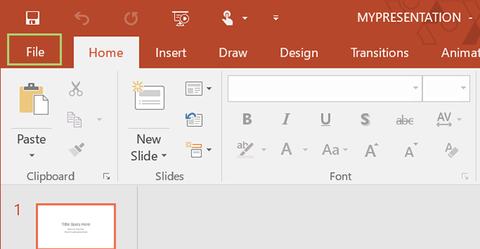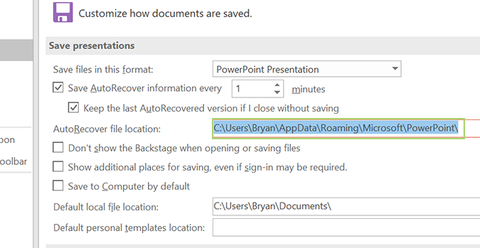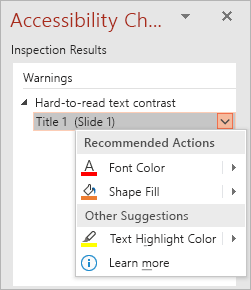
- #FIND ACCESSIBILITY FOR POWERPOINT 16 FOR A MAC PDF#
- #FIND ACCESSIBILITY FOR POWERPOINT 16 FOR A MAC PRO#
#FIND ACCESSIBILITY FOR POWERPOINT 16 FOR A MAC PDF#
In Office 2011, you can create an accessible Word document, but in order to export to tagged PDF you must take that final step in Word for Windows or LibreOffice for Mac.


In Windows, exporting to an accessible PDF in Office 20 requires a plug-in.When saving, be sure the radio button labeled “Best for electronic distribution and accessibility” is selected.If you select “Minimize Size” to reduce the size of your PDF, be sure to repeat the preceding step, as this option might uncheck the “Document structure tags for accessibility” checkbox.This is checked by default, but could become unchecked under certain circumstances. When saving, select Options and be sure that “Document structure tags for accessibility” is checked.By default this produces a PDF that preserves the document’s accessibility features. Go to File > “Save As…” and select PDF from the choices provided.The correct method of exporting to PDF depends on which version of Microsoft Office you’re using. This method of creating a PDF does not preserve the document’s accessibility features. Starting with an accessible Word document, a goal when exporting to PDF is do so in a way that preserves the accessibility features of the Word document, including heading structure, alternate text for images, and markup that explicitly identifies lists, tables, document language, and other content that is important for accessibility.ĭo not print to PDF. For steps, see Creating Accessible Documents in Microsoft Word. The first step in creating an accessible PDF from Microsoft Word is to ensure that the original Word document is accessible.

You may not be aware that your Word, Excel, and PowerPoint files often contain hidden or.
#FIND ACCESSIBILITY FOR POWERPOINT 16 FOR A MAC PRO#
Creating Accessible PDF Forms Using Adobe Acrobat Pro.Creating Accessible Documents in Microsoft Word.


 0 kommentar(er)
0 kommentar(er)
